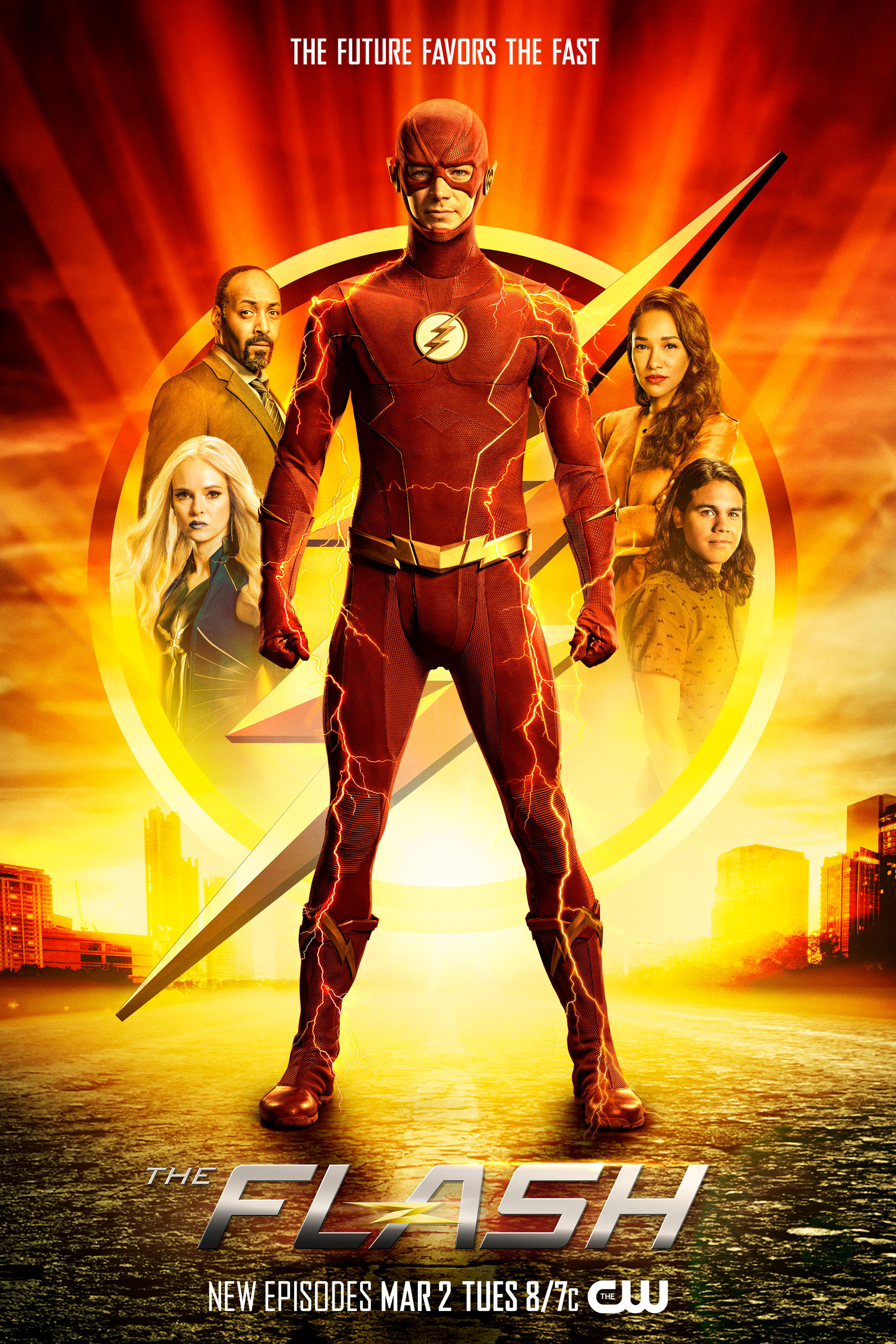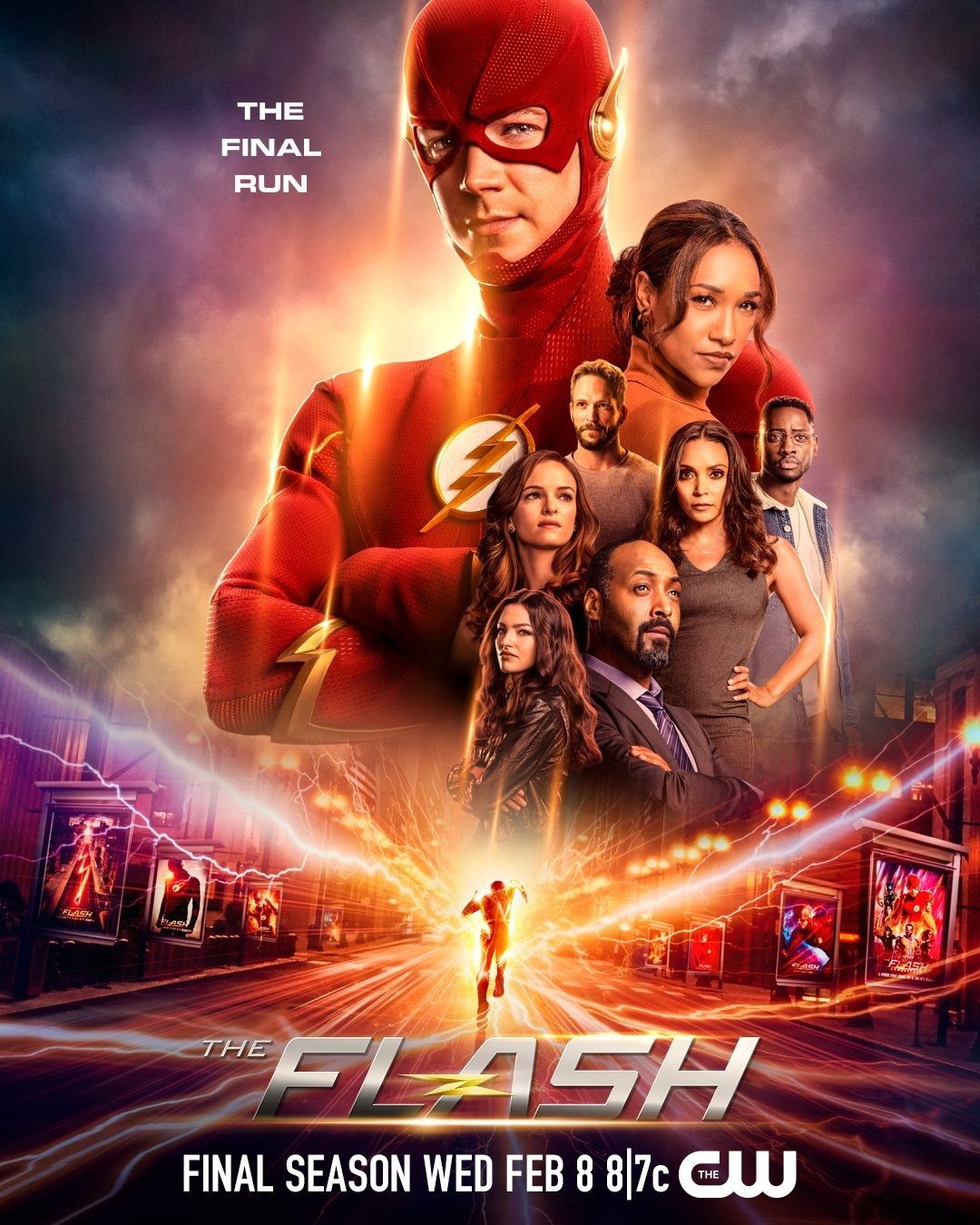Why has The Flash, a series that originally captivated audiences with its thrilling narrative and engaging characters, seen so many changes in its cast? A bold statement here: the evolution of television shows often mirrors real life—people grow, change roles, or move on. Such transitions are inevitable, but they also open doors for fresh perspectives and stories. This article delves into the dynamics behind key departures from The Flash's original lineup, focusing particularly on Tom Cavanagh and Carlos Valdes, whose contributions left indelible marks.
The Flash, which premiered in 2014, quickly became a fan favorite due to its blend of action, science fiction, and heartfelt drama. Central to its success were the performances of actors like Grant Gustin as Barry Allen/Flash and supporting players such as Tom Cavanagh (Harrison Wells) and Carlos Valdes (Cisco Ramon/Vibe). Their chemistry added depth to the show, making it resonate beyond just another superhero saga. However, after seven seasons, both Cavanagh and Valdes exited the series, marking significant shifts in its storytelling trajectory. These exits prompted discussions about legacy versus renewal within long-running TV franchises.
| Name | Tom Cavanagh |
|---|---|
| Born | March 15, 1963 |
| Place of Birth | New York City, USA |
| Career Highlights | Known for roles in Ed, Beauty and the Beast, and The Flash. Nominated for multiple awards including Primetime Emmy Awards. |
| Role in The Flash | Harrison Wells/Eobard Thawne/Various Earth Versions |
| Reference | IMDb Profile |
| Name | Carlos Valdes |
|---|---|
| Born | June 17, 1989 |
| Place of Birth | Panama City, Panama |
| Career Highlights | Rose to prominence through The Flash. Also starred in films like The Perfect Match and various guest appearances. |
| Role in The Flash | Cisco Ramon/Vibe |
| Reference | IMDb Profile |
Throughout their tenure, Tom Cavanagh brought complexity to his portrayal of Harrison Wells, embodying not only the character’s brilliance but also its moral ambiguities. His ability to seamlessly transition between different versions of Wells across multiple Earths showcased his versatility as an actor. Meanwhile, Carlos Valdes infused Cisco Ramon with charm and humor, creating one of the most beloved sidekicks in modern superhero media. Together, they formed integral parts of Team Flash, contributing significantly to the show’s enduring appeal.
When news broke that these two stalwarts would no longer appear regularly on The Flash, fans expressed mixed emotions. On one hand, there was nostalgia for what had been built over nearly a decade; on the other, anticipation grew regarding how new characters might fill those shoes. For instance, B.D. Wong joined the cast later in the series, bringing gravitas to his role as Godspeed—a nod to continuity while signaling change.
Moreover, casting decisions reflect broader industry trends where actors seek opportunities outside established projects. Both Cavanagh and Valdes pursued ventures aligned with personal interests post-Flash. Such moves highlight the transient nature of acting careers even amidst successful runs. Yet, their impact remains undeniable, influencing future generations of performers aspiring toward similar heights.
Interestingly, comparisons often arise between DC’s approach versus Marvel when handling cinematic universes. While Marvel tends to maintain consistency by retaining lead actors across films and series, DC opts for flexibility depending upon creative needs. This strategy allows them to adapt swiftly based on evolving market demands without being constrained by past commitments. As evidenced by recent developments involving Ezra Miller vs. Grant Gustin portraying separate iterations of Flash, this method proves advantageous albeit controversial among purists who prefer uniformity.
In conclusion, analyzing cast changes within The Flash provides insights into larger themes surrounding longevity in entertainment industries today. Whether driven by artistic growth, contractual obligations, or strategic planning, each decision carries implications affecting audience engagement levels. Ultimately though, great storytelling transcends personnel adjustments—it thrives because compelling narratives continue resonating regardless of who delivers lines. Thus, despite farewells from cherished members like Tom Cavanagh and Carlos Valdes, The Flash persists thanks largely to unwavering dedication exhibited throughout all phases of production.
| Show Title | The Flash |
|---|---|
| Original Air Date | October 7, 2014 |
| Network | CW |
| Episodes Produced | 171 Episodes Across 9 Seasons |
| Key Locations Featured | Central City, S.T.A.R. Labs, Keystone City |
| Notable Villains | Reverse-Flash, Zoom, Savitar, Cicada, Godspeed |



